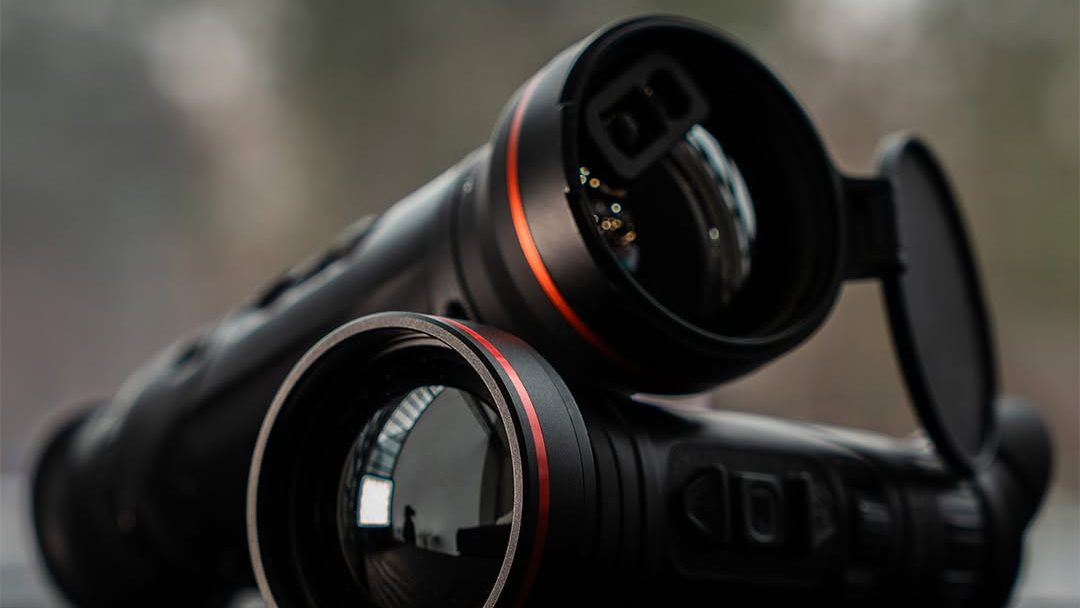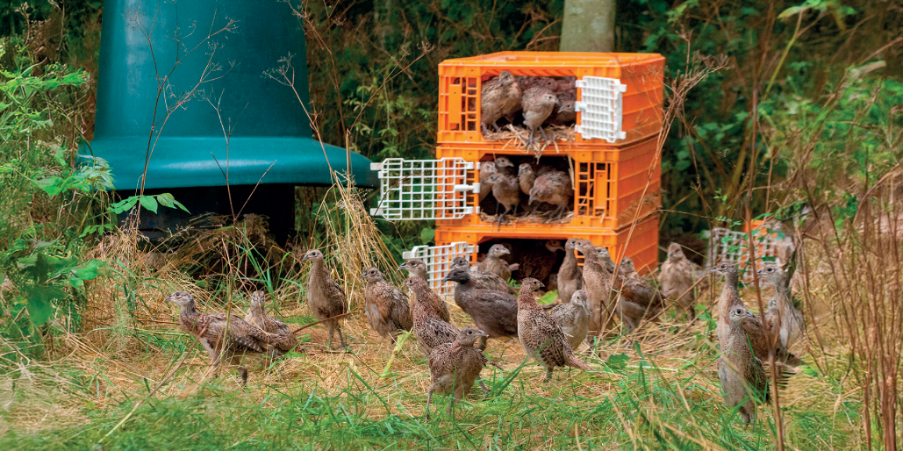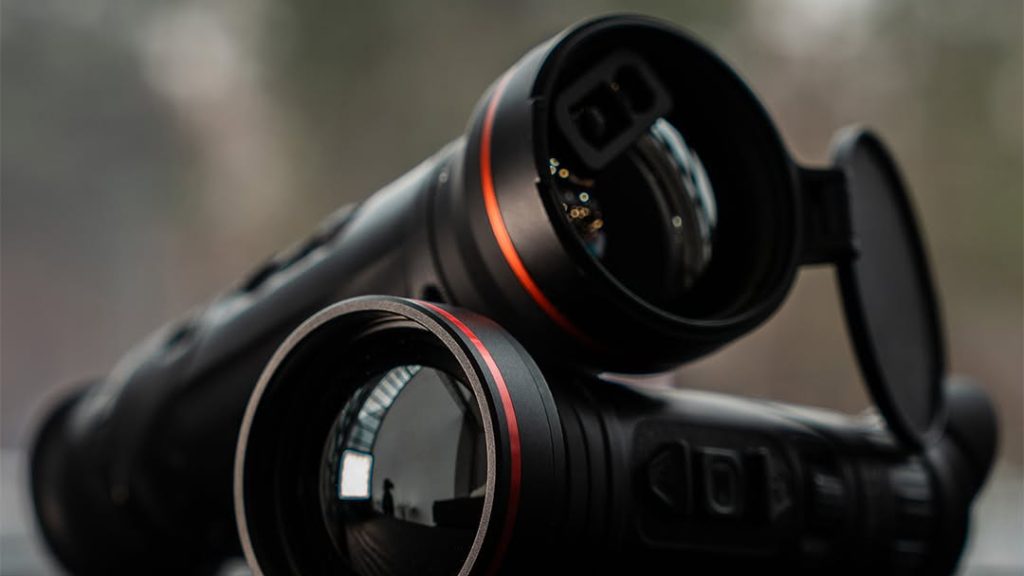An essential guide to getting started in this challenging sport
Gamekeeping news
Shooting
A guide to wildfowling in the UK
Wildfowling: Whether mallard, pintail or teal, those who want to shoot the different duck species are spoilt for choice.
Would you like to appear on our site? We offer sponsored articles and advertising to put you in front of our readers. Find out more.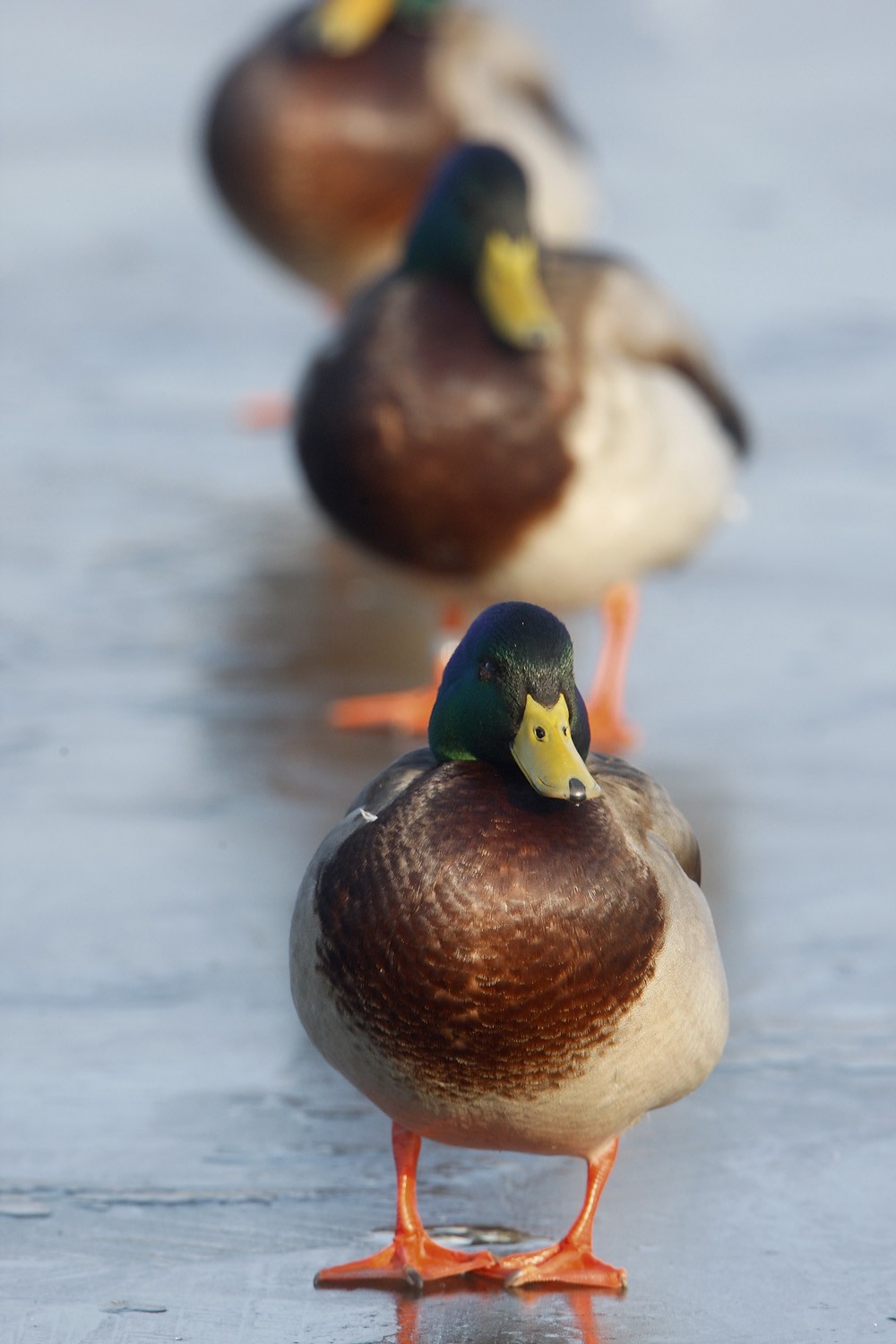
Talking about the different species of duck

Mallard
Mallard
- Just about everyone is familiar with this variety of duck and a high percentage of the first duck shot by a wildfowler will almost certainly have been a mallard.
- To be specific, only the male is the mallard. The female is always known as the wild duck.
- The bill of the male early in the season is pale green, which turns yellow when the winter plumage grows. That of the duck is a brownish yellow with brown blotches.
- On the wing the harsh quack of the duck will identify her before she comes into view, whilst her mate is so quiet you might not hear him except over the feeding grounds. Then the waiting gunner is alerted by that wonderful stuttering kekkekekek!
- You are most likely to see mallard flying as a single pair. The duck usually leads.

Wildfowlers need to be perfectly poised to react to the green flash of the speedy teal
Teal
- Teal fly low but are not easy to hit.
- They can be distracted by a swimming dog – perhaps they mistake it for a duck on the move?
- Quite often a flushed teal will fly away only to turn and come back over you.
- With a green-striped chestnut head and finely pencilled markings, the drake is a handsome fellow.
- Teal are just as likely to be found on minute wooded ponds as on the saltmarsh.
- Washlands, tidal rivers and little brooks will all be frequented by teal.
- Teal love seeds, so freshly flooded grassland is a definite draw.
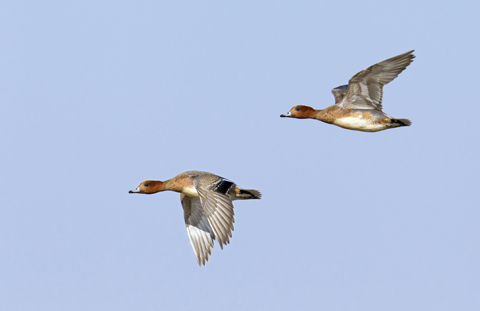
For sheer excitement, nothing – geese included – can touch the enchantment of wigeon under the moon.
Wigeon
- Could be considered the wildfowler’s duck.
- The drake’s high-pitched wheeo will be familiar to all wildfowlers, as will the nasal snaaarrrr of the ducks.
- In the right circumstances, wigeon respond well to a call. A natural whistle is best, but in the cold.
- Both sexes have a snow-white belly when mature, and the male prominent white shoulders
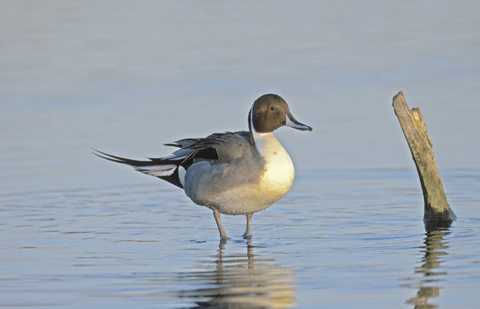
With its good looks and graceful flight, the pintail is one of our most aesthetically pleasing ducks
Pintail
- A graceful duck
- Master of the air, long in neck and wing with a 4″ black tail on the drake
- Immature drakes have shorter tails
- Less wary than other duck and so possibly easier to decoy
- Pintail love flooded or rotten potatoes
- I experimented once when I found a party of pintail on floodwater out of range of the bank, behind which I was hidden. I had a yellow dog at the time and sent him out to trot along the water’s edge. To my amazement the pintail spotted him and with aggressive chuntering swam towards this cheeky ‘fox’ to give him a piece of their minds.
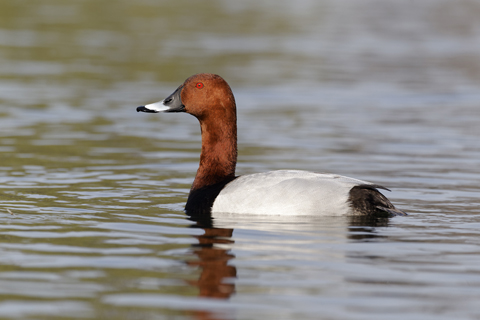
The rusty headed, stocky pochard is a cherished addition to any bag.
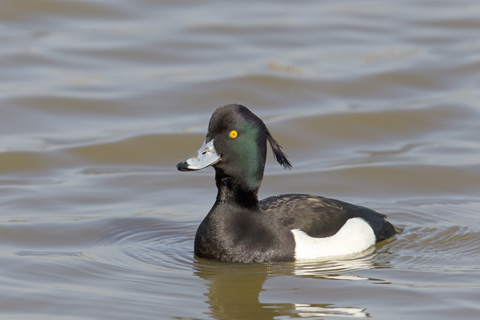
Tufted ducks generally fly in a straight line and can be relatively easy to shoot.
Divers
- Of the divers, tufted duck and pochard are perhaps the most common.
- Tufted duck haunt rivers and fresh marshes, but it is usually icy before the pochard leaves the lakes and gravel pits that it loves.
- The eggs are larger than the mallard’s.
- Both species tend to fly straight and can be relatively easy to shoot, but given height they provide a testing shot.
Related articles
News
Shooting
Mastery Made Easy - HIKMICRO Packs Next Generation Thermal Technology into One Hand with New CONDOR 2.0
Experience the next generation of thermal monocular with the CONDOR 2.0, where enhanced image quality and one-handed operation elevate your outdoor experience to new heights.
By Time Well Spent
A guide to wildfowling in the UK
Manage Consent
To provide the best experiences, we use technologies like cookies to store and/or access device information. Consenting to these technologies will allow us to process data such as browsing behavior or unique IDs on this site. Not consenting or withdrawing consent, may adversely affect certain features and functions.
Functional Always active
The technical storage or access is strictly necessary for the legitimate purpose of enabling the use of a specific service explicitly requested by the subscriber or user, or for the sole purpose of carrying out the transmission of a communication over an electronic communications network.
Preferences
The technical storage or access is necessary for the legitimate purpose of storing preferences that are not requested by the subscriber or user.
Statistics
The technical storage or access that is used exclusively for statistical purposes.
The technical storage or access that is used exclusively for anonymous statistical purposes. Without a subpoena, voluntary compliance on the part of your Internet Service Provider, or additional records from a third party, information stored or retrieved for this purpose alone cannot usually be used to identify you.
Marketing
The technical storage or access is required to create user profiles to send advertising, or to track the user on a website or across several websites for similar marketing purposes.

